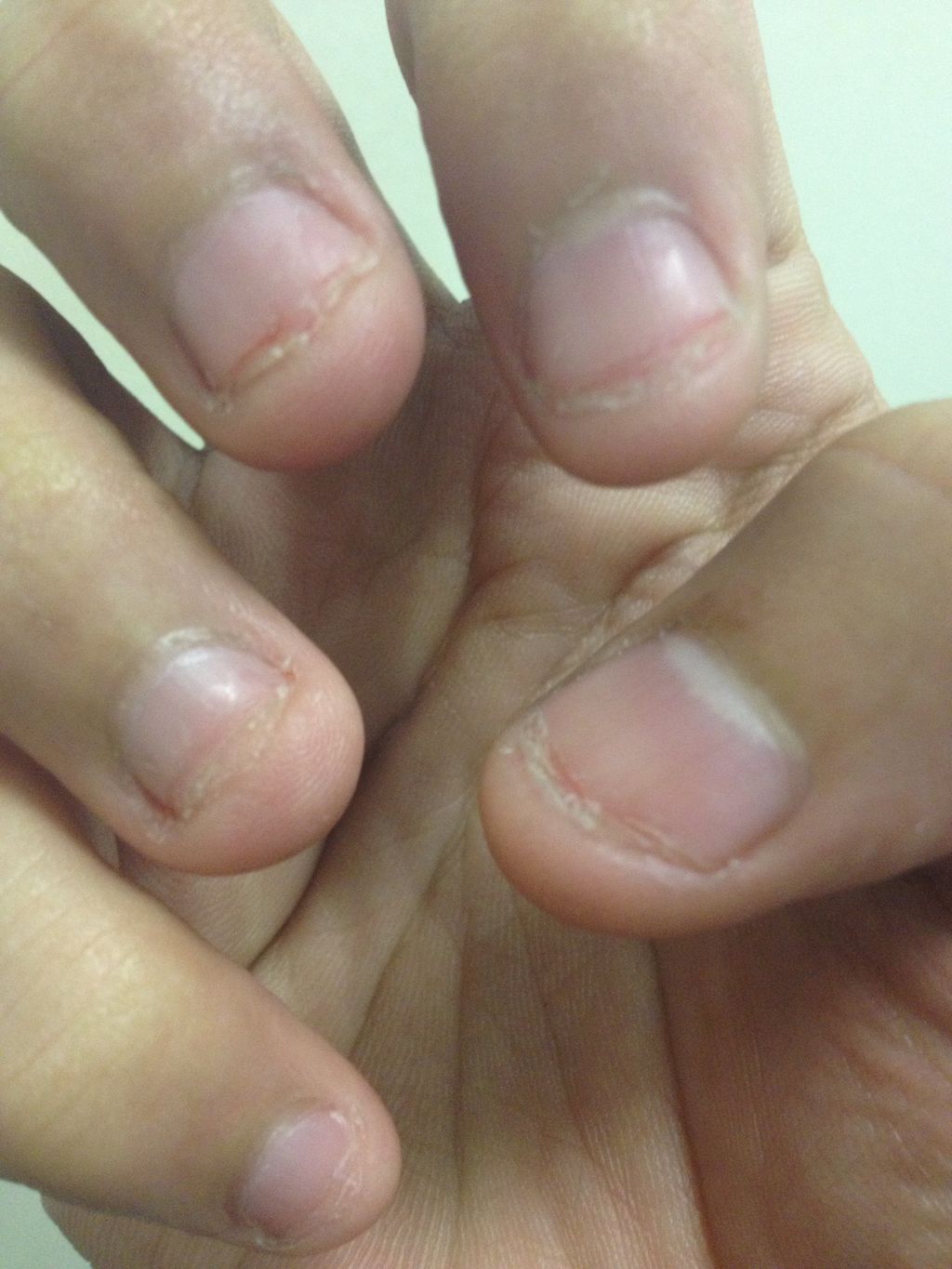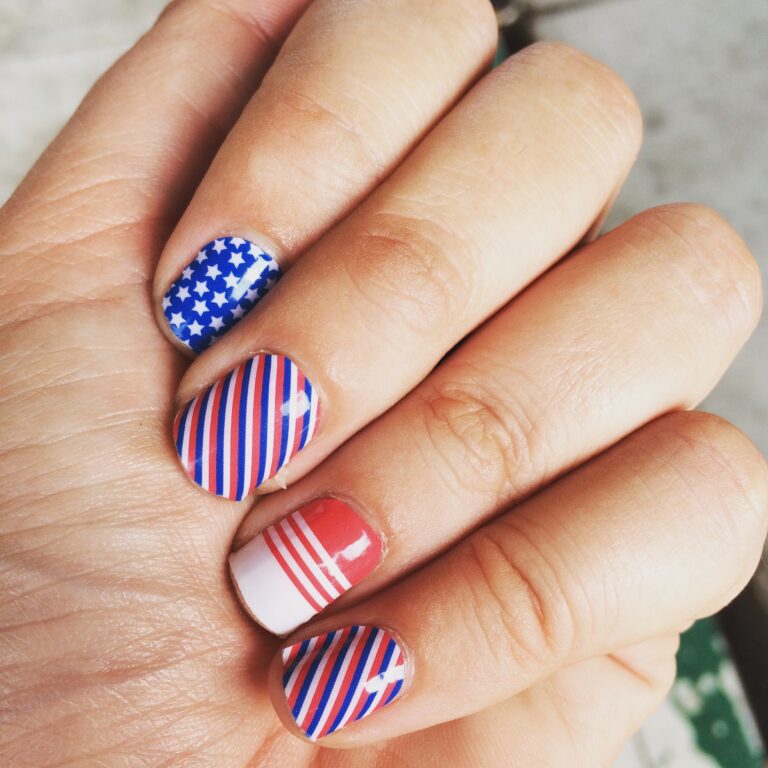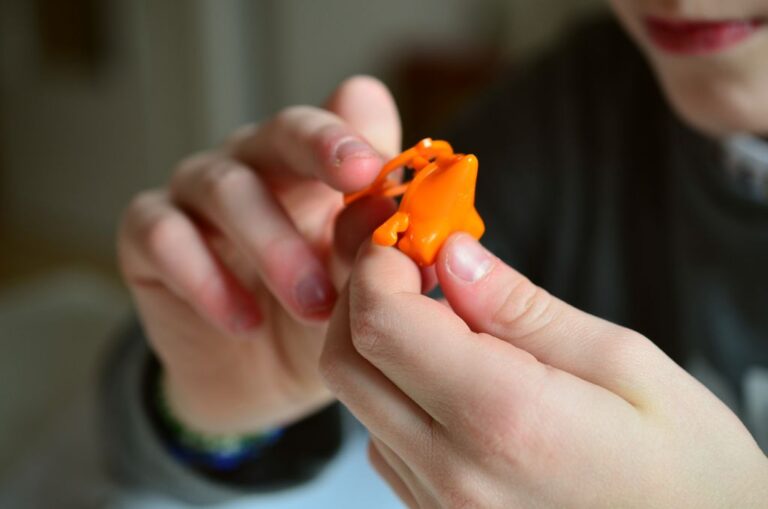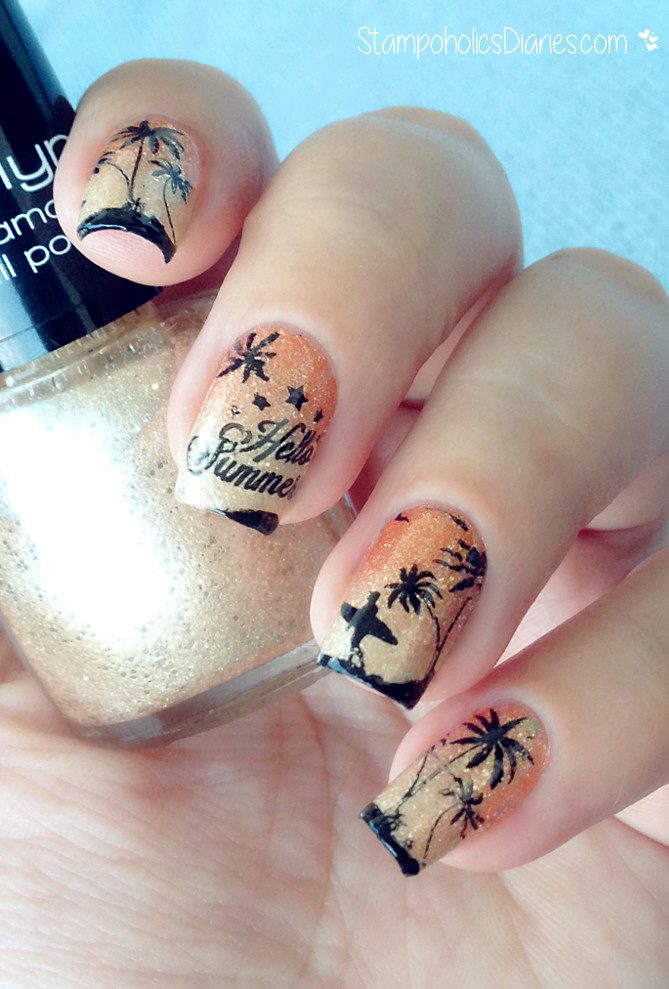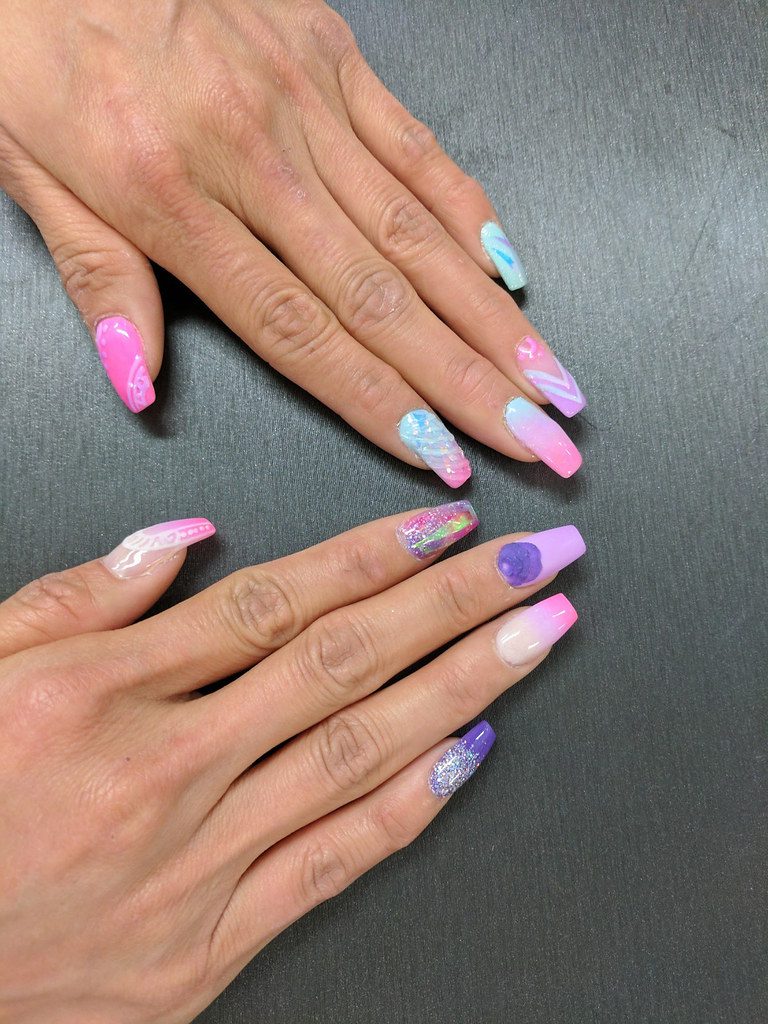“Spot On: White Spots and Nails”
White spots on nails, also known as leukonychia, can be a cause for concern for many individuals. Understanding the causes, health implications, and prevention methods is essential for maintaining nail health. In this article, we will delve into the reasons behind white spots on nails, their potential health implications, and how to prevent and treat them effectively.
Key Takeaways
- White spots on nails are usually harmless and not a cause for concern.
- In some cases, white spots on nails may indicate an underlying health issue.
- Maintaining overall nail health through proper hygiene and nutrition is important for preventing white spots.
- Consult a medical professional if you notice persistent or recurring white spots on your nails.
- Natural remedies and medical treatments are available for addressing white spots on nails effectively.
Understanding White Spots on Nails

Causes of White Spots
White spots on nails, medically termed as leukonychia, are a common phenomenon that many individuals experience. These spots can range from tiny, pinpoint dots to larger patches and are often the result of minor injuries to the nail. Such injuries may not be immediately noticeable, as the spots tend to appear several weeks after the trauma occurs.
The causes of these white spots are varied, including:
- Minor trauma to the nail bed, such as when the nail is pinched or struck
- Allergic reactions to nail polish or hardeners
- Fungal infections, which can alter the nail’s color and texture
- Nutritional deficiencies, particularly zinc and calcium
It’s important to note that while these spots are usually harmless, they can sometimes indicate an underlying health issue. > Remember: Not all white spots on nails require medical attention, but persistent or recurring spots should be evaluated by a healthcare professional.
Myths and Facts
The appearance of white spots on nails can often lead to misconceptions. One common myth is that these spots are a sign of a calcium or zinc deficiency. In reality, they are usually the result of minor trauma to the nail, such as bumps or knocks. Another widespread belief is that white spots indicate a fungal infection; however, fungal infections typically manifest with symptoms like discoloration and nail thickening, which are distinct from the harmless air pockets causing white spots.
Myths and Facts about White Spots on Nails:
- White spots are often mistakenly attributed to nutrient deficiencies.
- Fungal infections are characterized by symptoms that differ from the white spots caused by trauma.
- White spots are not indicative of serious health issues and are usually benign.
Tip: It’s important to differentiate between simple white spots and symptoms that may suggest a fungal infection. If you notice changes in nail texture or color beyond the typical white spots, consider consulting a healthcare professional.
Health Implications of White Spots

What Your Nails Are Telling You
The appearance of your nails can be a window into your overall health. White spots, while often harmless, can sometimes signal nutritional deficiencies or underlying health issues. For instance, a lack of zinc or calcium may manifest as these spots. However, it’s essential to consider other symptoms in conjunction with nail changes to get a clearer picture of one’s health.
Leukonychia, the medical term for white spots on nails, can also be a result of minor trauma to the nail bed. These spots typically grow out with the nail and do not require treatment. Nevertheless, persistent or recurring white spots could be indicative of more serious conditions.
Here’s a quick reference list of potential health indicators based on nail appearance:
- White spots: Often due to minor trauma or nutritional deficiencies
- Yellowing nails: Could indicate fungal infections or chronic liver conditions
- Brittle nails: May suggest hypothyroidism or a lack of moisture
Tip: Always observe your nails in conjunction with other physical symptoms. Isolated nail changes are rarely cause for concern, but when accompanied by other signs, they warrant further investigation.
When to Seek Medical Advice
While white spots on nails are often harmless, certain signs should prompt you to seek medical advice. If you notice that the white spots are persisting for an extended period, changing in size or shape, or are accompanied by other symptoms such as pain or nail distortion, it’s important to consult a healthcare professional.
- When to consult a doctor:
- Persistent white spots
- Changes in size or shape
- Accompanying symptoms like pain
- Nail distortion or discoloration
Tip: Keep a record of any changes in your nails to provide your doctor with detailed information during your consultation.
Remember, your nails can be a reflection of your overall health. Conditions such as anemia, liver disease, or kidney problems can manifest as changes in nail appearance. Therefore, it’s crucial to not dismiss persistent nail abnormalities and to seek professional evaluation to rule out any underlying health issues.
Prevention and Treatment

Maintaining Nail Health
When it comes to maintaining nail health, it’s important to prioritize hydration. Keeping your nails and cuticles moisturized can prevent dryness and brittleness. Additionally, regular trimming and filing can help maintain the shape and strength of your nails. Remember to use gentle tools and techniques to avoid damage. Lastly, a balanced diet rich in vitamins and minerals can contribute to overall nail health. Consider incorporating foods high in biotin, vitamin E, and omega-3 fatty acids for optimal nail care.
Natural Remedies
When it comes to natural remedies for white spots on nails, it’s important to consider the use of herbal supplements and essential oils. These natural remedies have been advised by traditional medicine to enhance general nail health. For example, neem and aloe are known for their beneficial properties in balancing doshas and promoting nail health. Additionally, tea tree oil and oregano oil have shown promising results in addressing nail concerns. It’s essential to use these remedies consistently and as directed for optimal results. Remember, natural remedies may take time to show noticeable improvements, so patience is key.
Medical Treatments
When natural remedies and preventive measures fall short, medical treatments become necessary to address the underlying causes of white spots on nails. For fungal infections, which are a common culprit, antifungal medications may be prescribed. These can be either topical, applied directly to the nail, or oral, which are taken by mouth.
- Topical antifungal treatments are often the first line of defense. They are less invasive and can be applied directly to the affected area.
- Oral antifungal medications are usually recommended for more severe or persistent cases. They can be more effective but also carry a risk of side effects.
It’s important to follow the prescribed course of treatment to ensure the infection is fully eradicated. Patience is key, as nail infections can take several months to resolve. Remember:
Consistency in applying or taking medication is crucial for successful treatment.
Always consult with a healthcare professional before starting any medical treatment to ensure it’s appropriate for your specific condition.
In the world of nail care, prevention and treatment are essential aspects of maintaining healthy and beautiful nails. At NAILinspire.com, we understand the importance of proper nail care and offer a comprehensive online nail art design library to inspire and educate nail enthusiasts. Whether you’re looking for tips on preventing nail damage or seeking treatment options for common nail issues, NAILinspire.com is your ultimate resource. Visit our website today to explore a world of nail art inspiration and discover the secrets to healthy, stunning nails.
Frequently Asked Questions
What causes white spots on nails?
White spots on nails can be caused by a variety of factors, including injury, fungal infections, nutritional deficiencies, and allergic reactions to nail products.
Are white spots on nails a sign of a health problem?
In some cases, white spots on nails can indicate an underlying health issue, such as zinc deficiency, eczema, or psoriasis. It’s important to pay attention to any changes in your nails and consult a healthcare professional if you have concerns.
Can natural remedies help get rid of white spots on nails?
Some natural remedies, such as applying tea tree oil or coconut oil to the affected nails, may help improve the appearance of white spots. However, it’s important to consult a healthcare professional for proper diagnosis and treatment.
Do white spots on nails always indicate a fungal infection?
While fungal infections can cause white spots on nails, they are not the only cause. Other factors, such as trauma to the nail or nutritional deficiencies, can also lead to the development of white spots.
How can I prevent white spots on my nails?
Maintaining good nail hygiene, avoiding trauma to the nails, and consuming a balanced diet rich in essential nutrients can help prevent the occurrence of white spots on nails.
When should I seek medical advice for white spots on my nails?
If you notice persistent or recurring white spots on your nails, or if they are accompanied by other symptoms such as changes in nail texture or color, it’s advisable to seek medical advice for proper evaluation and diagnosis.

